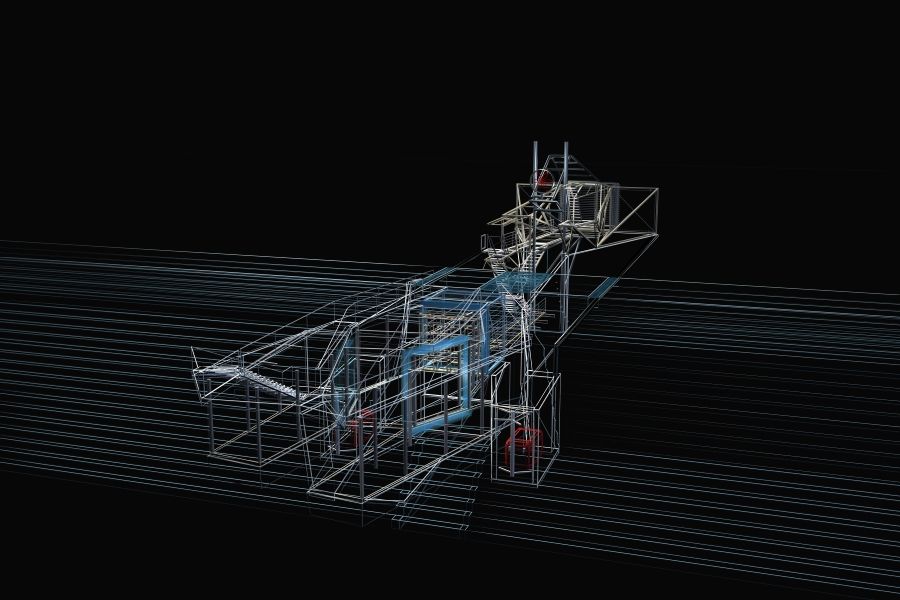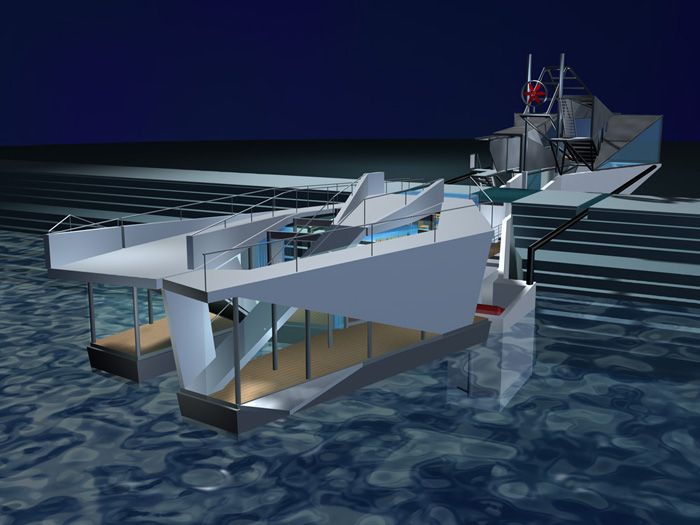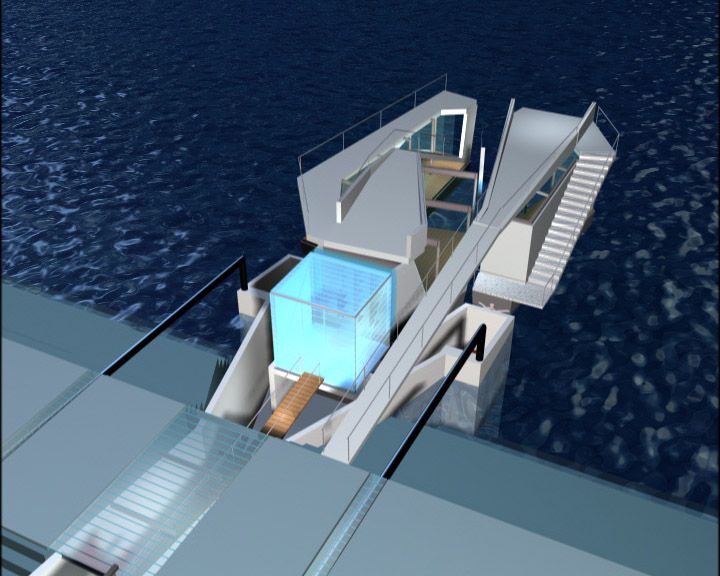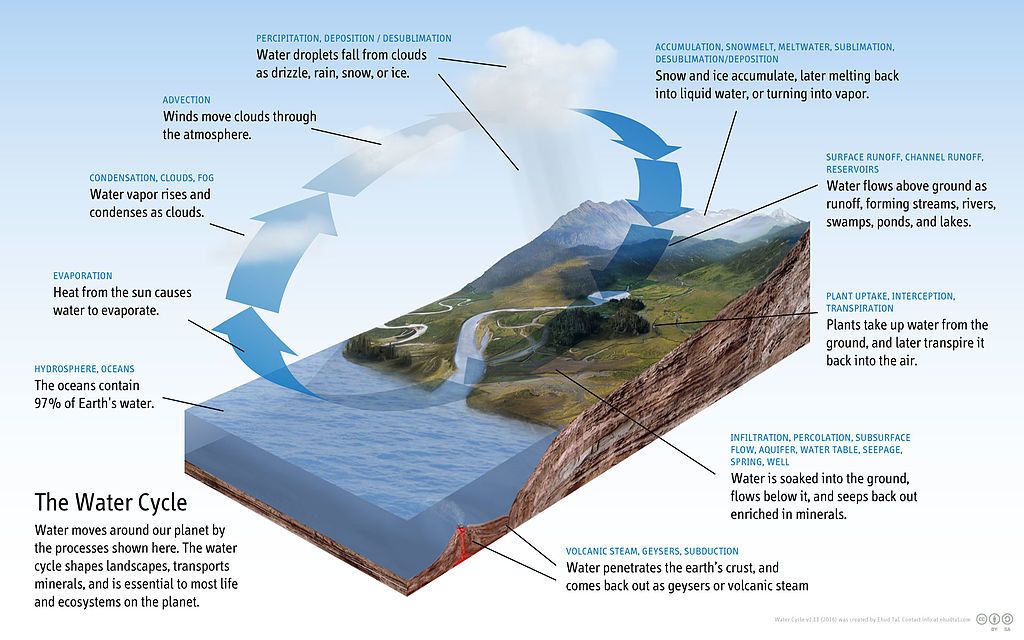The Uavowable community - Living for a dancer and an astronaut
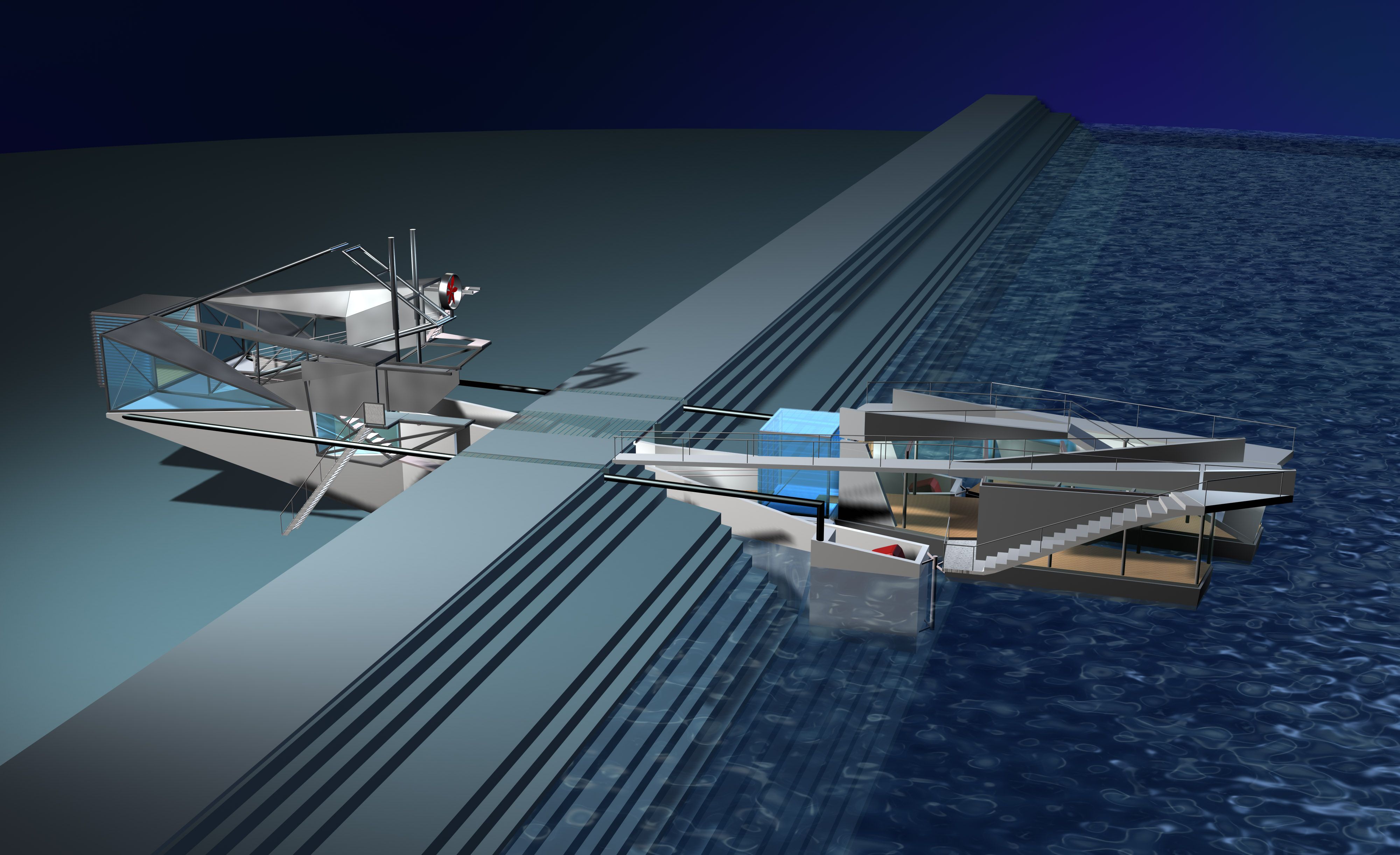
See how the astronaut learns how to dance in this video.
The title of the project is dedicated to the book of Maurice Blanchot - The unavowable community
Maurice Blanchot (22 September 1907 – 20 February 2003) was a French writer, philosopher and literary theorist. His work, exploring a philosophy of death alongside poetic theories of meaning and sense, bore significant influence on post-structuralist philosophers such as Gilles Deleuze, Michel Foucault, Jacques Derrida and Jean-Luc Nancy.
The architectonic design result is a 'twin house' for a dancer and an astronaut. The design answers whether there will still be an opportunity for a space that offers the possibility for a communal experience. At first sight, the motivations of the dancer and the astronaut are entirely opposite. But there are similarities as well. The astronaut is the resident who portrays technology. He reached weightlessness by moving as little as possible. The dancer, on the other hand, achieves apparent weightlessness by moving a lot. The design consists of two dwellings that initially seem autonomously shaped, each with its own program, established through consultation with an astronaut and a dancer.
Nevertheless, they derive their right to existence from their mutual involvement, which can not be taken for granted and which is never permanent and, in that sense, remains unspeakable. The connection between both dwellings 'which allows the astronaut to learn to dance' is not a given, not a permanent situation, but is constantly shaped and only exists as tension and dynamic. There is no status quo; there is an ever-changing intensity, a polarity. The design derives its strength from the fact that literary metaphors (wind and water) are not immediately translated into the shape but become part of the design through the link of technology. The 10 location on both sides of the dike is fortunate - a dike, as well as the plan, facilitates the seeping through (of water) and establishes communication and seclusion. The unavowable community is a shelter by the grace of wind and water, the elementary powers that aren't excluded because of architecture but embraced. It shows 'free' energy through wind and running water. They deliver energy to move the house. The 'free' energy is the condition under which an unavowable community can be established. The 'free' energy brings rhythm and change due to gravity, such as ebb and flow. 'Free' energy changes the house, but it also changes how we deal with energy. Sun, wind, and water are technologies in the design. The design maintains the tension between inside and out, with borders that are not permanent since the shape escapes in the counter shape. The plan doesn't want to affirm itself; it doesn't want to draw attention to itself but to the unavowable from the space. In that sense, a design should be found, not searched. The unavowable community is a feedback system and an icon of 'free' energy!
The Uavowable community - Living for a dancer and an astronaut
Final Thesis Design: 1995-1997
Academy of architecture Rotterdam
Prize: Honourable Mention Archiprix 1998



